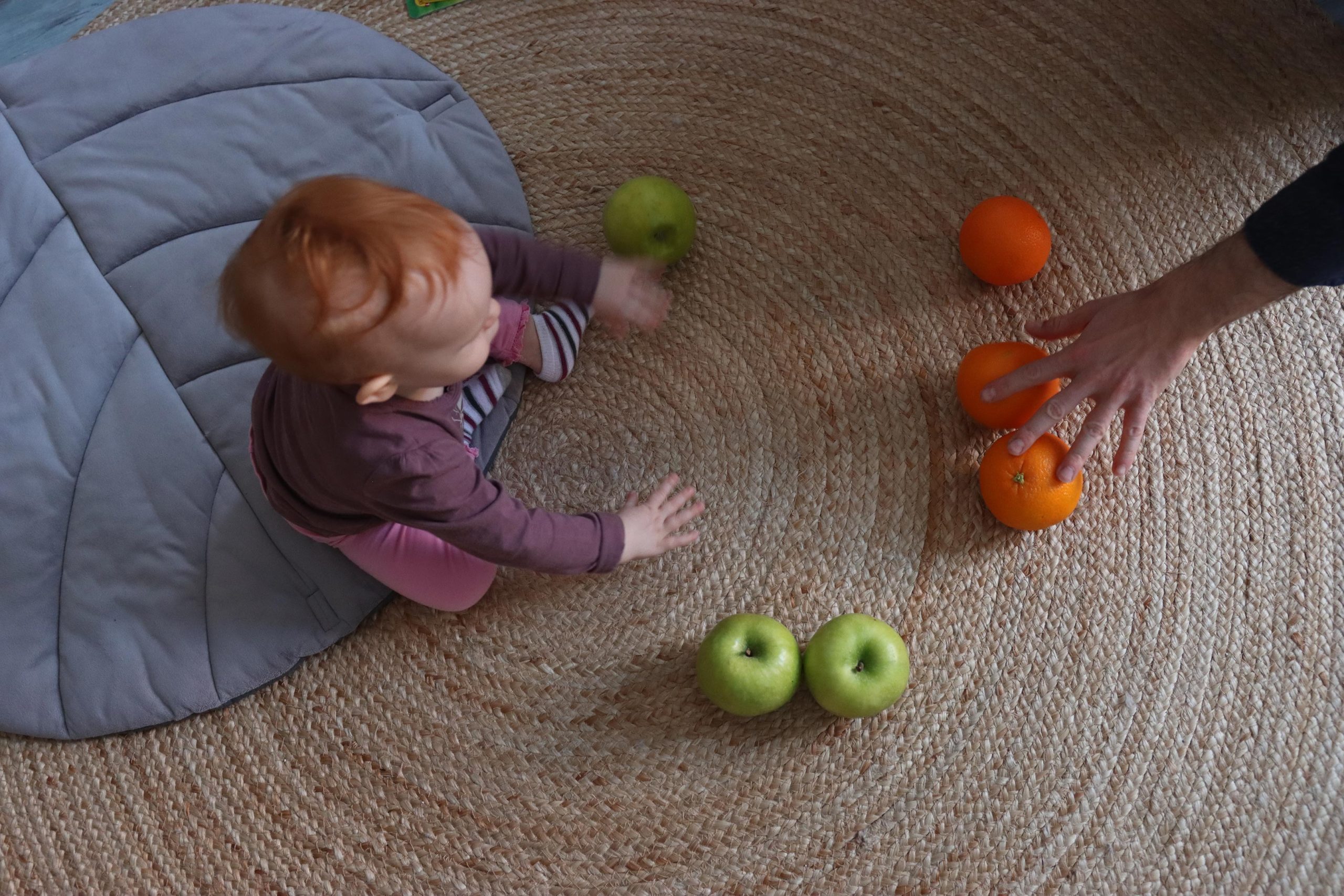
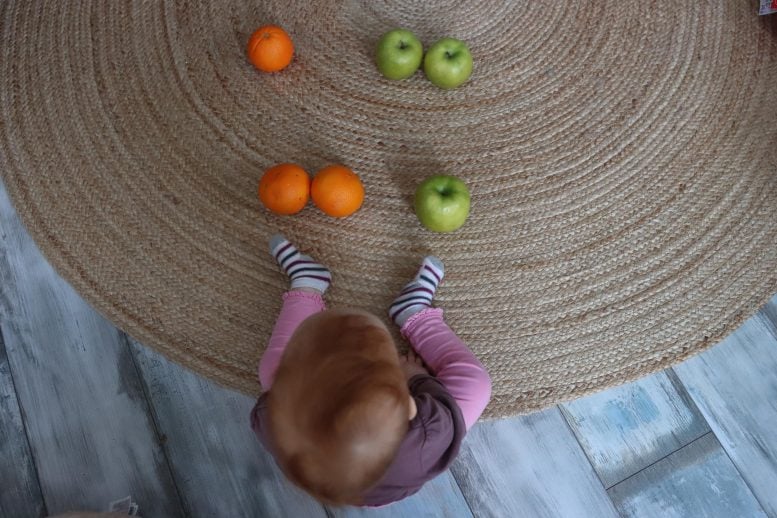
Research indicates that infants’ ability to combine concepts creatively is key to early language development and understanding complex ideas.
New research from the University of Birmingham and Central European University reveals that infants less than a year old can combine simple concepts into complex ideas, showing that creativity begins in babyhood. The study suggests that babies are not only capable of creative thinking well before starting to speak, but this sort of thinking may be essential for language acquisition.
Babies Learning and Combining New Concepts
In the study, published in PNAS, the researchers set out to explore the origins of human creativity and productive thinking to try to find out how people arrive at completely new thoughts and ideas. The basic mechanism for doing this is taking familiar concepts and combining them into new structures, but little is known about how early in life these abilities can be used.
They found that babies were able to very quickly learn new words that describe small quantities – an impressive achievement – and combine these spontaneously with familiar words to fully understand a phrase.
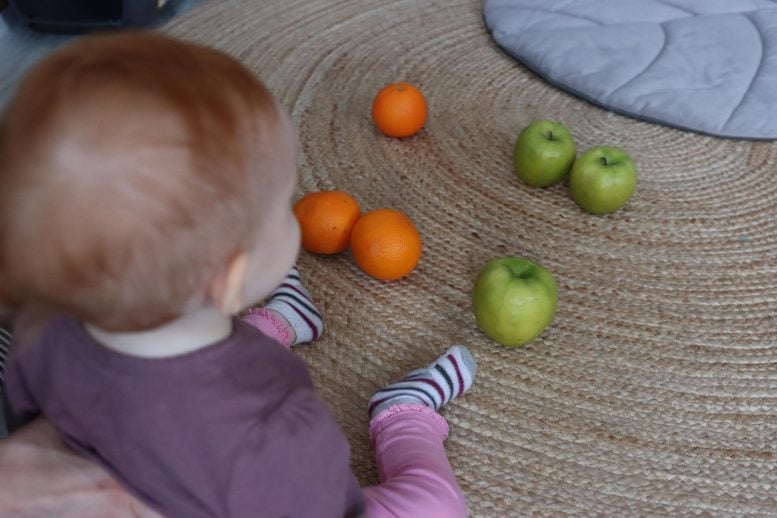
Insights on Human Creativity and Language Development
Lead researcher, Dr. Barbara Pomiechowska, carried out the research while a postdoctoral fellow at the Central European University (CEU). She is now an assistant professor in the School of Psychology, at the University of Birmingham, in the UK.
Dr. Pomiechowska said: “Human creativity has no boundaries: it has taken us to the moon and allowed us to cure deadly diseases – but despite its importance, we don’t yet know when and how this impressive ability to combine ideas and invent new things emerges. This research shows that we must go right back to the beginning of language acquisition to solve this puzzle.”
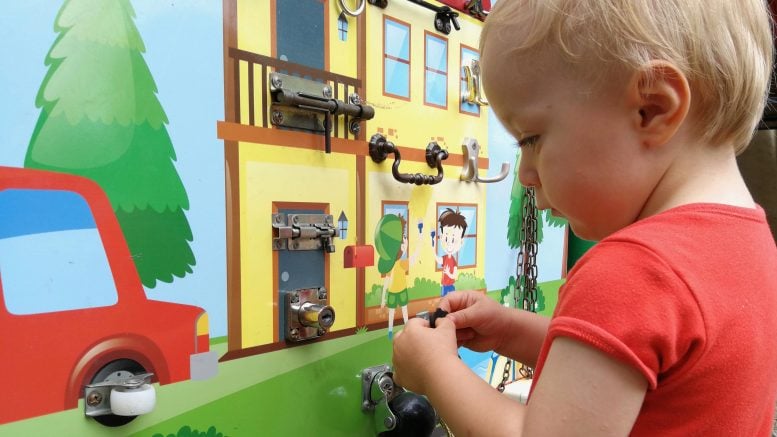
Testing Creative Combination in Infants
In the study, the researchers worked with a cohort of 60 babies, all around the age of 12 months. They started by teaching the babies two novel words describing quantity: ‘mize’, to mean ‘one’, and ‘padu’, to mean ‘two’.
Then the babies were asked to combine these new number words with different object names, for example to identify ‘padu ducks’ from among a choice of images. By teaching novel words to represent quantities, the researchers were able to test the babies’ ability to combine concepts in real time, rather than simply recall combinations of words that they already knew from previous experience.
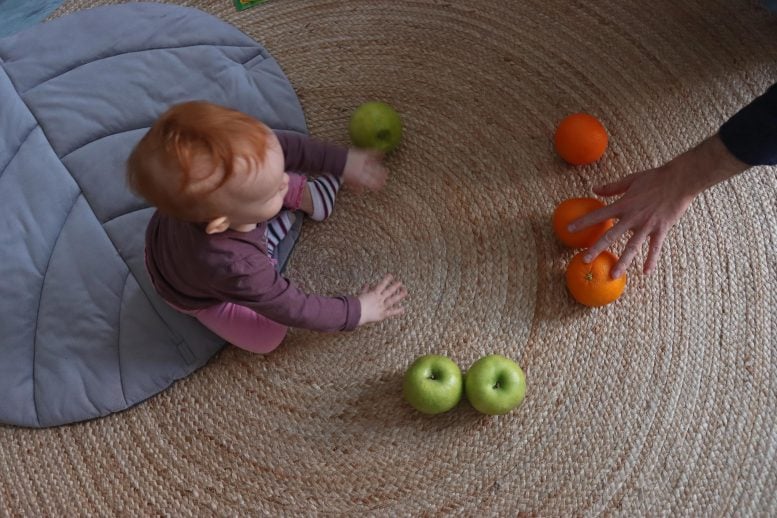
Conclusion: Babies’ Cognitive Abilities and Future Research
By using eye-tracking technology to monitor where the babies look, the researchers were able to show that the infants could successfully combine the two concepts to understand what they were being asked about.
Dr. Agnes Kovacs, from CEU’s Department of Cognitive Science and CEU’s Cognitive Development Center, added: “For babies, this ability to combine different concepts is likely to help not only to interpret the complex language input, but also to learn about different aspects of the physical and social world. For adults, it’s an ability that helps to move past everything that’s already been thought of, opening the mind towards endless possibilities.”
Reference: “Early-emerging combinatorial thought: Human infants flexibly combine kind and quantity concepts” by Barbara Pomiechowska, Gábor Bródy, Ernő Téglás and Ágnes Melinda Kovács, 9 July 2024, Proceedings of the National Academy of Sciences.
DOI: 10.1073/pnas.2315149121

